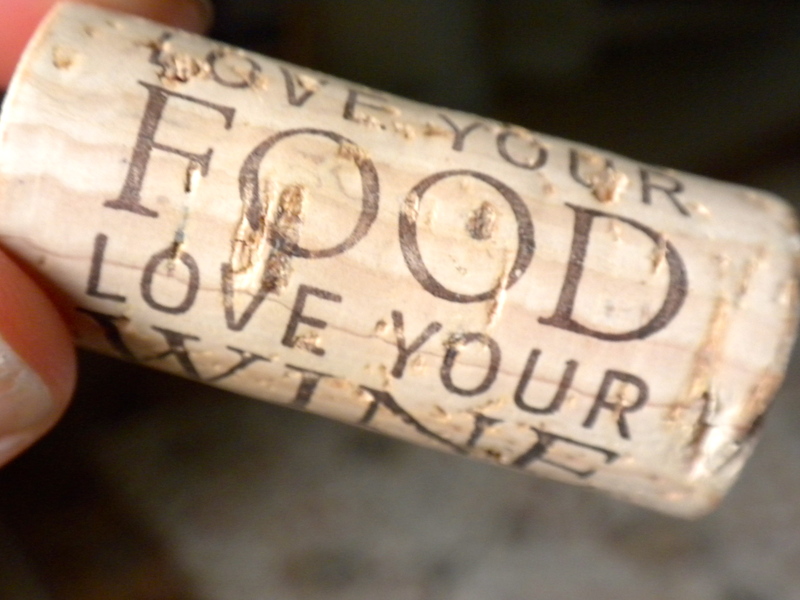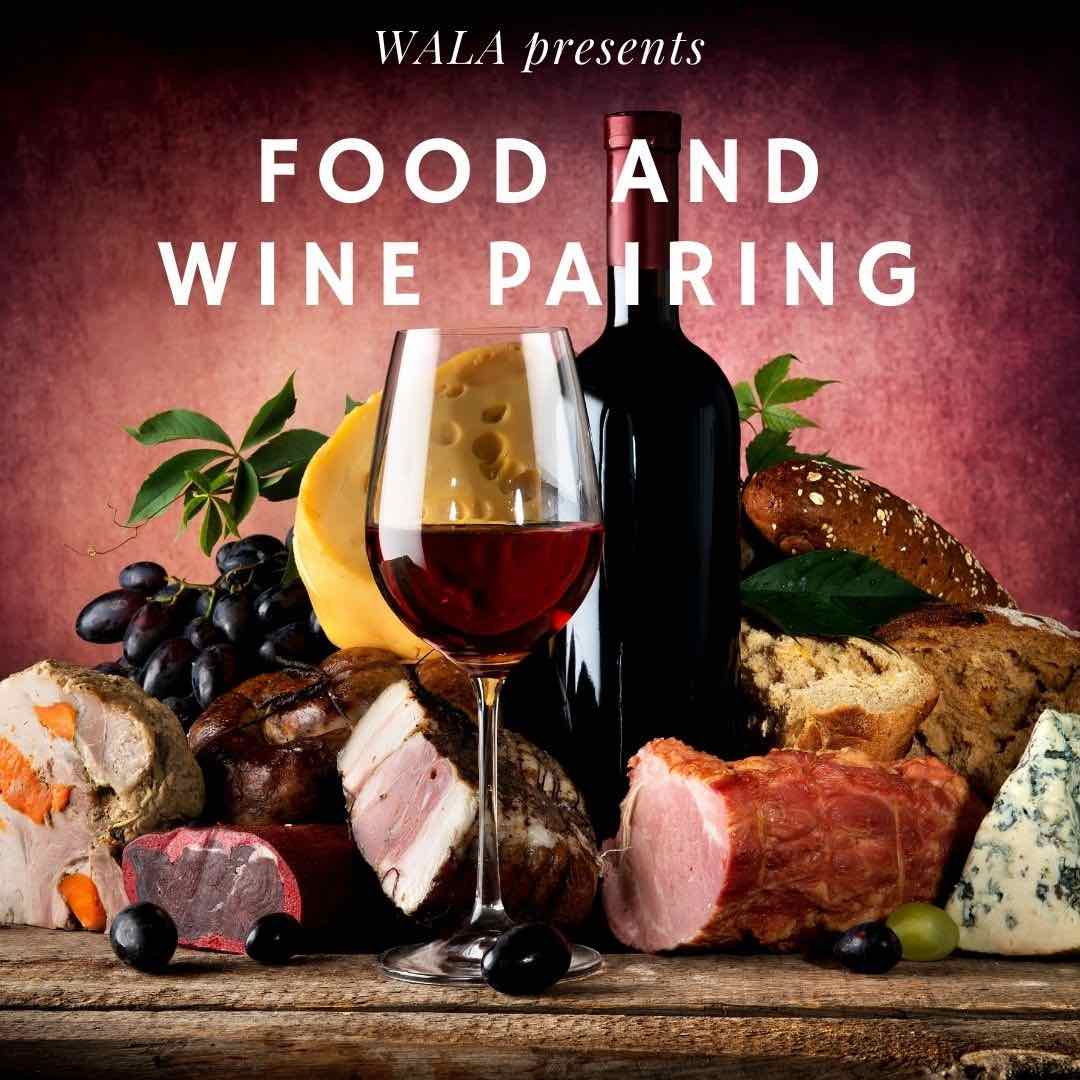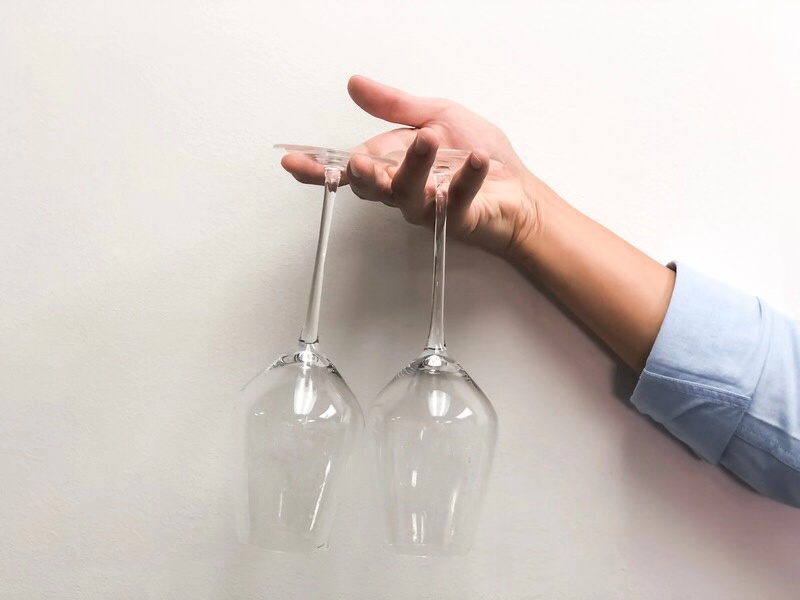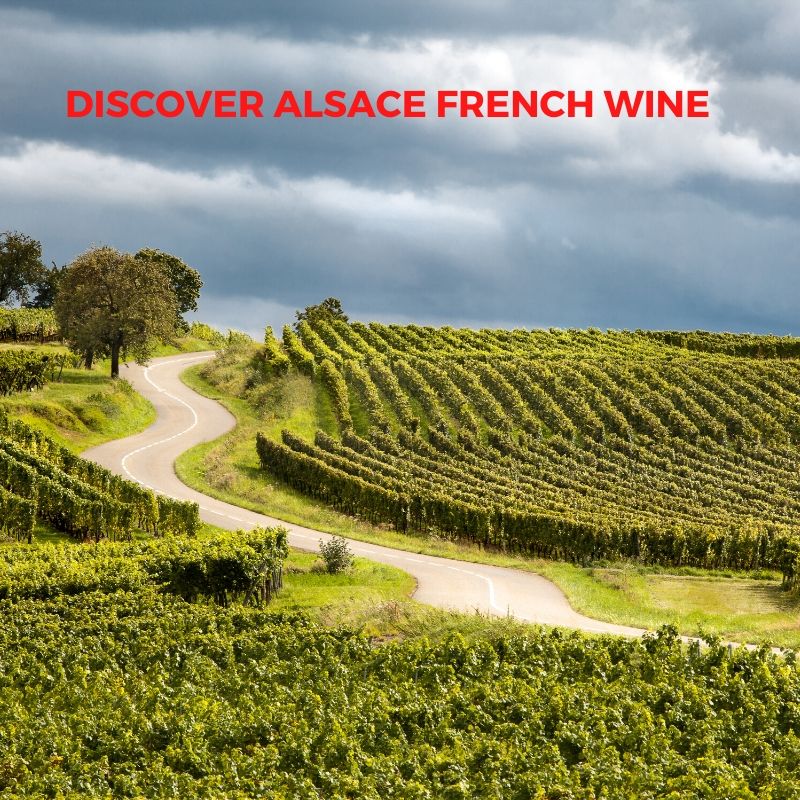

Pairing wine with food is a very common practice.
It has been part of culinary and winemaking tradition for centuries.
Some can get overly fanatical about getting the perfect pairing of wine and food. If you are just getting into wine, this may intimidate you.
However, there is really no point in getting too hung up on trying to get the perfect pairing each time. Especially when wine and food pairing is highly subjective and ultimately comes down to each person’s preference.
To make things easy to grasp, this article focuses on the basic principles of pairing - the general characteristics of which type of wine suits which kind of food.
Once you are armed with these basic principles, you will have the ability to experiment on your own pairings and find the ones you like best.
* You may have many different foods on your plate at any one time. If so, apply the 3 principles above to the main ingredient on your dish. For example, if you have a piece of steak on your plate with side dishes of vegetables and potatoes, follow the 3 principles when the steak and not the side dishes.
#1: Matching weight of wine with texture of food
Imagine the soft white flesh of lobster meat in your mouth. Its texture is light, fluffy, and delicate.
Now imagine you lift up your glass to sip some red wine with strong and bold flavors. The wine agitates your tongue and the heavier body of the red wine overpowers the lobster meat. For the rest of the meal your attention is focused on the red wine and the lobster meat pales into insignificance.
What a waste of a good lobster!
This is why matching the heaviness of wine with the texture of food is so important. It gives good balance between the two. And to enjoy both, the balance must be observed. Once you have a pairing that is off balance, they compete with each other for your attention and the lighter one (in this case, the lobster meat) loses out.
With this in mind, it is more ideal to complement lobster meat, or any other seafood, with a still or sparkling white wine. The subtle and light body of the white wine does not overpower seafood and allows you to enjoy the aromas from both wine and seafood.
Building on this principle, since cheese has a soft texture, it is ideally paired with white wines as well.
On the other hand, the fatter and heavier textured red meats like beef and lamb need to be balanced out with red wines. This is so that the strong flavors of the meat do not overwhelm the red wine.
-
#2: Matching the color depth of both wine and food
Another way of pairing wine and food is to match the color depth of both.
Generally speaking, the color depth of either a food or wine is directly related to its flavor intensity.
Therefore, by pairing lighter colored food with a lighter colored white wine, the flavor intensities match and cancel off, leaving you to enjoy the aromas of both.
Cheese or seafood, which has a lighter color, a better paired with light-bodied white wines. On the other hand, darker colored beef or duck meat is better paired with a fuller-bodied red wines.
#3: Matching the strongness of Oak flavors in wine with a food’s brownness
Here’s an interesting one for you - take note of how oaky your wine is.
Some wines have oak flavors because they were aged in wooden barrels which impart a toasty oak flavor to the wine.
The oak aromas in wine are very similar to the flavors from the browned (caramelized) surface on food. The brownness on food is caused by the cooking process. Poaching, baking, searing, roasting, grilling, and charring all with brownness to food.
Food that is lightly browned through poaching or baking go well with less oaky wines.
Food that was more browned through roasting, grilling, and charring, go better with a wine that is more oaked.
Pairing Exceptions
BEWARE: Something to take note of when pairing wine with spicy Asian food - pairing spicy food with a ‘spicy’ wine will compound on each other to give burning sensations.
So, it’s a good idea to avoid matching a ‘peppery’ wine like a wine that has Syrah grapes to a spicy dish like curry chicken. The resulting combination may set fire to your tongue.
Hopefully, this newfound pairing knowledge now gives you the confidence to have fun experimenting with different foods with wine pairings - a truly enjoyable experience when done well.
More wine pairings are available here (examples of pairings with French wines: Duck confit, Pad Thai, Seafood Laksa, Beef Steak, Sushi, Singaporean Chicken Rice, Peking Duck, Roast Lamb…)
Wine novice or interested in discovering wines you do not have access to? Every month receive two bottles of exclusive French wines at home with our tasting guide. Find out more





